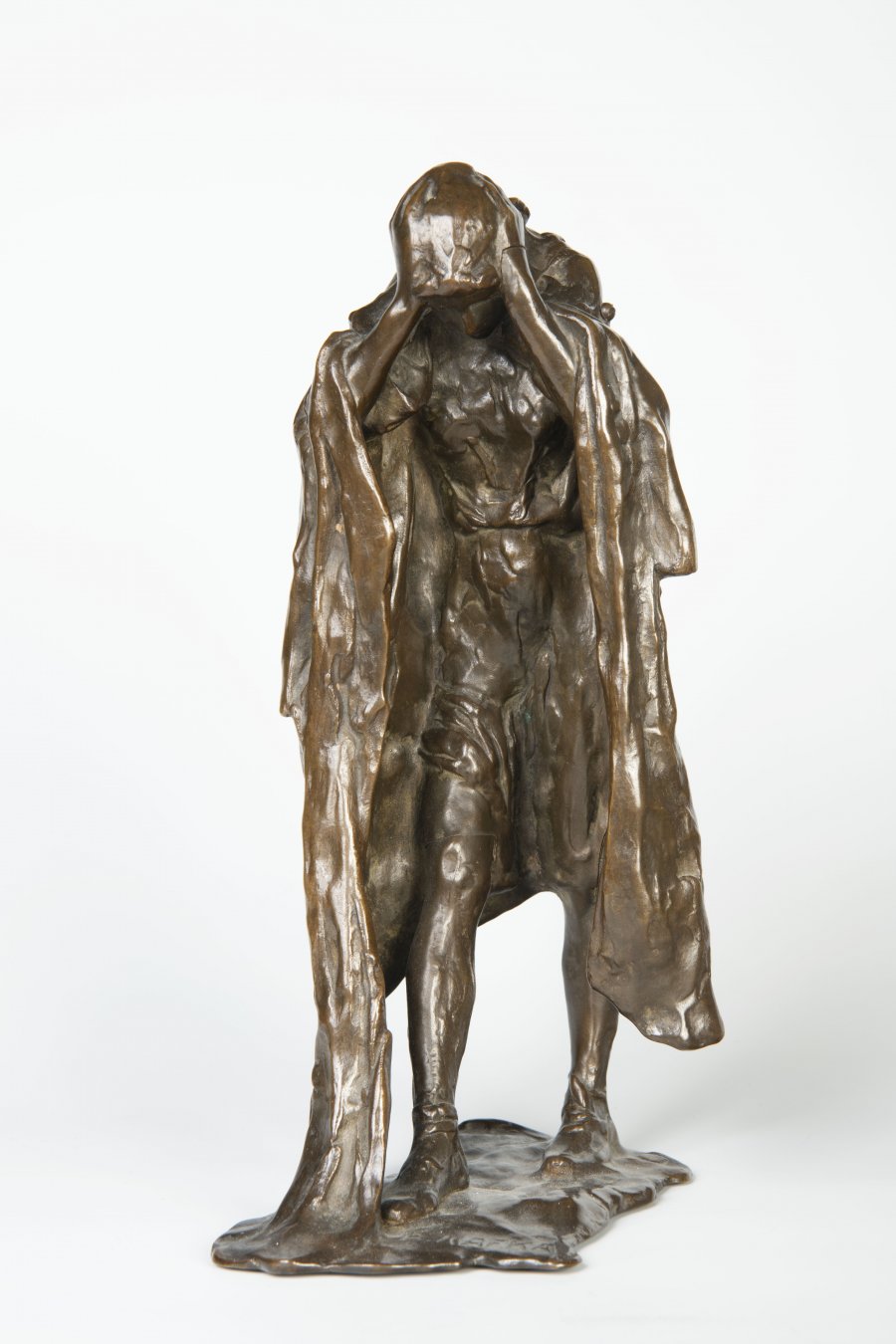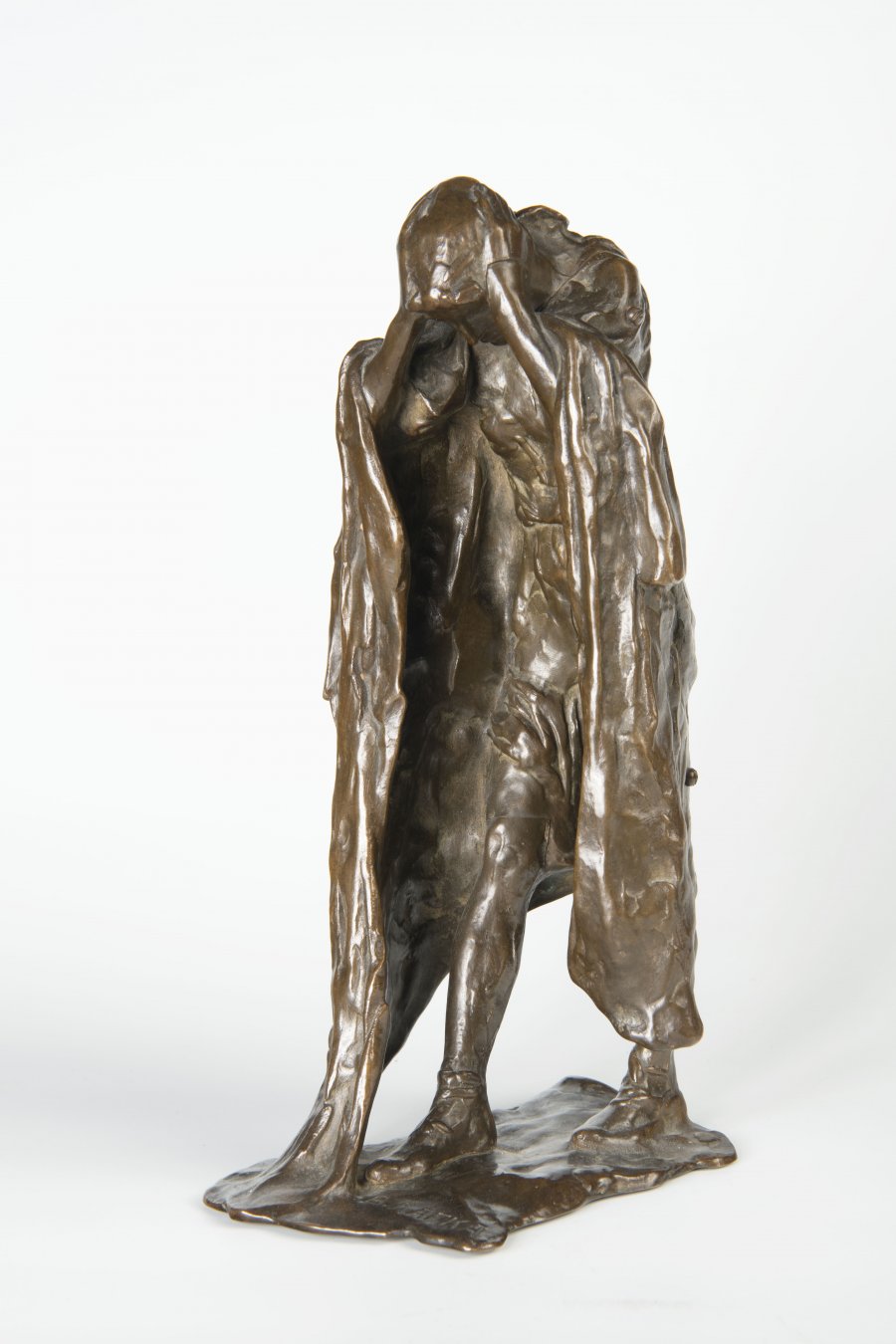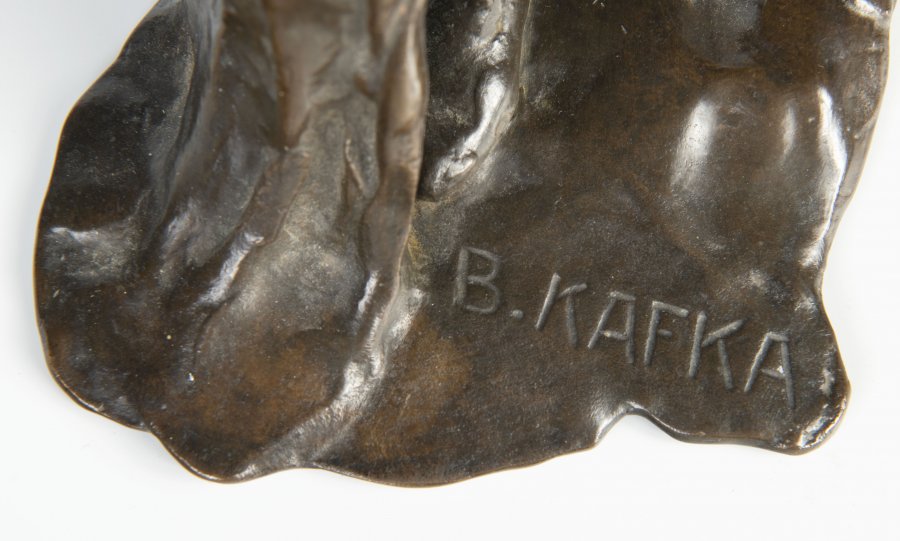Lot 62
WOMAN ADJUSTING HER HAIR AFTER BATH
1905
bronze
28,5 cm (h)
signed on the plinth: B. KAFKA
| 2 708 €
| 6 250 €
Kafka's experiences from his summer stay in the seaside town of Omnival with his colleague Karel Špillar and his wife gave birth to the impressionistic sculpture Woman Adjusting Her Hair After Bath. This sculpture highlights the deep dark space created by the opening of a long bathrobe. Petr Wittlich writes: "This sculpture in particular is remarkable for its intuition of inner space, an idea that was originally symbolist, but here acquires a new expressive immediacy on a civilian theme."
In a modest studio on the avenue d'Orléans in Paris (1905-1908), Kafka worked feverishly to produce a large series of intimate sculptures of various orientations, with which he permanently represented himself, and which, even from today's perspective, are among his most modern creations. The artist's internationally comparable artistic level is shown by his pre-war works now on permanent display at the National Gallery in the Trade Fair Palace. Prof. PhDr. Petr Wittlich, CSc. characterizes his work with the words: "In Kafka's works there is a chill of life, expressiveness of silhouettes, skill of ornament and a fervent, somewhat dark imagination, artistry and elegance of spirit." The collection of eight sculptures on offer comes from the artist's estate from his famous villa in Prague 6, Ořechovka, which was designed for him by architect Pavel Janák.
Bohumil Kafka's sculptural work was largely created in the spirit of Art Nouveau and Symbolist tendencies. Kafka studied at the Sculpture and Stone School in Hořice v Podkrkonoší and at the School of Applied Arts in Prague. In 1904-1908 he lived and worked in Paris. He collaborated with his teacher Stanislav Sucharda on the monument to František Palacký. After Sucharda's death in 1916, he was appointed professor of decorative sculpture at the School of Decorative Arts. In 1925 he became professor of sculpture at the Academy of Fine Arts. He also created a number of decorative elements for facades, busts, statues and monuments. The offered work comes from the estate of the artist from his famous villa in Prague 6, Ořechovka, which was designed for him by architect Pavel Janák.
Published full-page: Kafka, Bohumil and Wittlich, Petr. Bohumil Kafka: (1878-1942) : the story of a sculptor. Prague: Karolinum, 2014, p. 70.
More works from auction
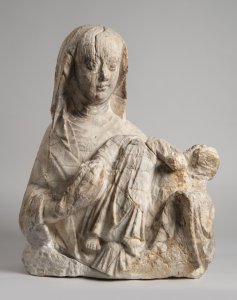
Lot 1 LATE GOTHIC MADONNA WITH CHILD
Starting price28 000 CZK | 1 167 €
Price realized
120 000 CZK | 5 000 €
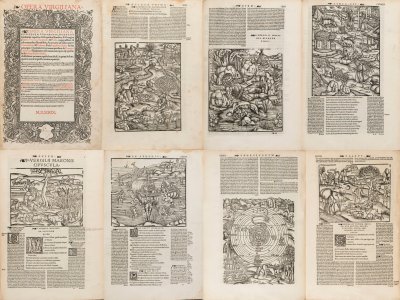
Lot 2 OPERA VIRGILIANA
Starting price48 000 CZK | 2 000 €
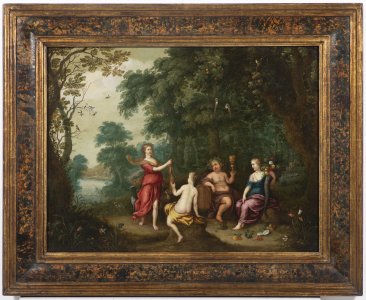
Lot 3 DIANA, BACCHUS AND FLORA
Starting price380 000 CZK | 15 833 €
Price realized
380 000 CZK | 15 833 €
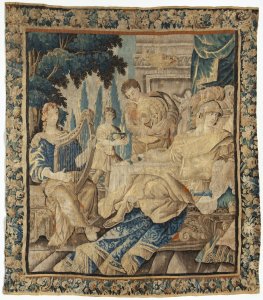
Lot 4 SCENE FROM THE BANQUET OF DIDO AND AENEAS
Starting price65 000 CZK | 2 708 €
Price realized
85 000 CZK | 3 542 €
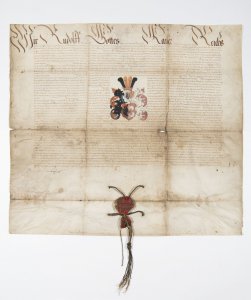
Lot 5 NOBILITATION GRANTED BY RUDOLF II.
Starting price80 000 CZK | 3 333 €
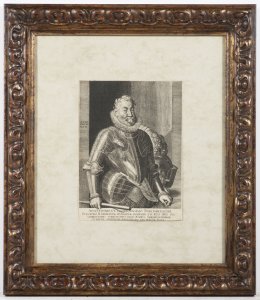
Lot 6 PORTRAIT OF RUDOLF II.
Starting price25 000 CZK | 1 042 €
Price realized
40 000 CZK | 1 667 €
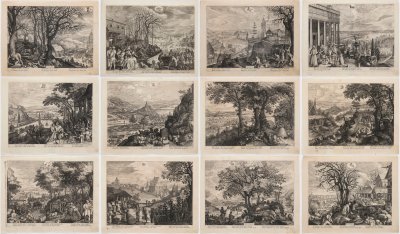
Lot 7 TWELVE MONTHS CYCLE
Starting price55 000 CZK | 2 292 €
Price realized
95 000 CZK | 3 958 €

Lot 8 A LARGE VIEW OF PRAGUE
Starting price45 000 CZK | 1 875 €
Price realized
65 000 CZK | 2 708 €
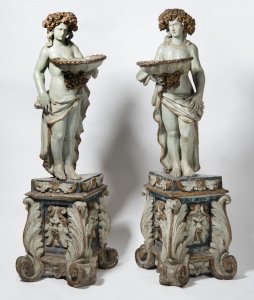
Lot 9 PAIR OF BAROQUE CARRIERS
Starting price180 000 CZK | 7 500 €
Price realized
200 000 CZK | 8 333 €
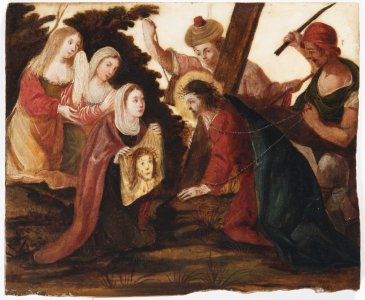
Lot 10 CHRIST AND VERONICA
Starting price28 000 CZK | 1 167 €
Price realized
28 000 CZK | 1 167 €
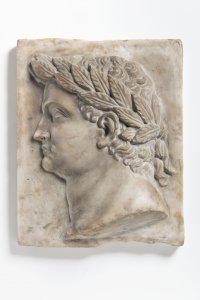
Lot 11 RENAISSANCE PORTRAIT OF THE ROMAN EMPEROR
Starting price16 000 CZK | 667 €
Price realized
21 000 CZK | 875 €
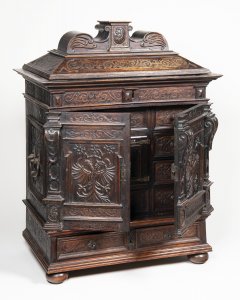
Lot 12 LATE MANNERIST CABINET
Starting price35 000 CZK | 1 458 €
Price realized
70 000 CZK | 2 917 €
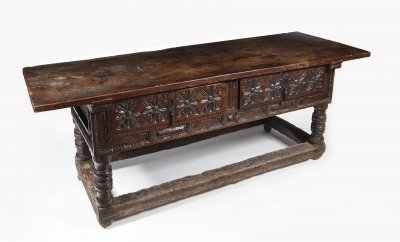
Lot 13 RENAISSANCE TABLE
Starting price36 000 CZK | 1 500 €
Price realized
95 000 CZK | 3 958 €
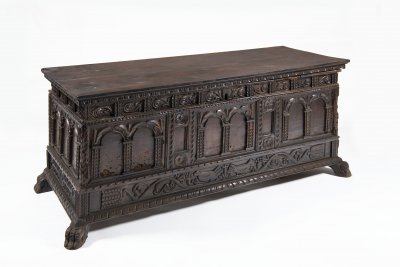
Lot 14 RENAISSANCE CHEST
Starting price22 000 CZK | 917 €
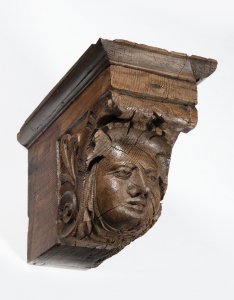
Lot 15 BAROQUE CONSOLE
Starting price3 000 CZK | 125 €
Price realized
4 500 CZK | 188 €
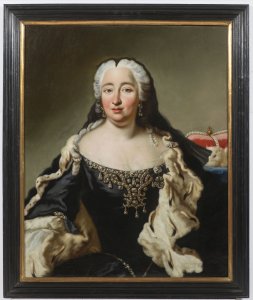
Lot 16 PORTRAIT OF ELISABETH CHRISTINE OF BRUNSWICK…
Starting price80 000 CZK | 3 333 €
Price realized
80 000 CZK | 3 333 €
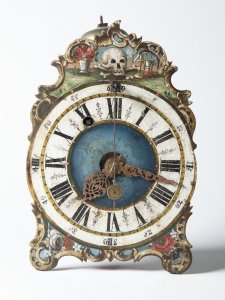
Lot 17 ROCOCO TABLE CLOCK
Starting price18 000 CZK | 750 €
Price realized
20 000 CZK | 833 €
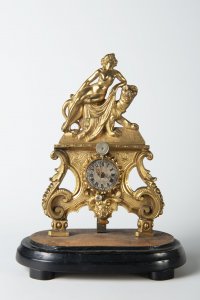
Lot 18 BAROQUE TABLE CLOCK
Starting price11 000 CZK | 458 €
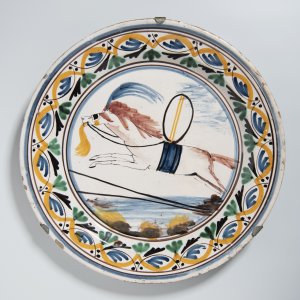
Lot 19 PLATE WITH HORSE
Starting price12 000 CZK | 500 €
Price realized
14 000 CZK | 583 €
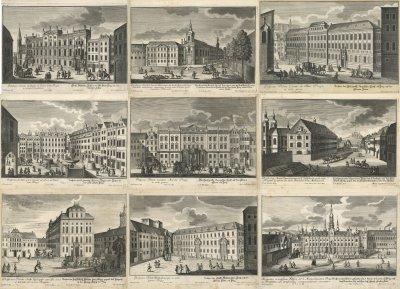
Lot 20 CONVOLUTE OF PRAGENSIA
Starting price30 000 CZK | 1 250 €
Price realized
39 000 CZK | 1 625 €
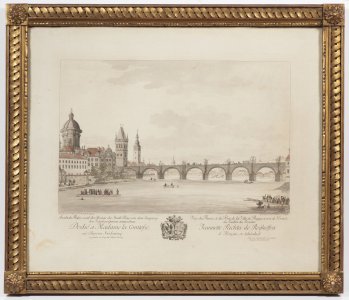
Lot 21 CHARLES BRIDGE
Starting price12 000 CZK | 500 €
Price realized
20 000 CZK | 833 €
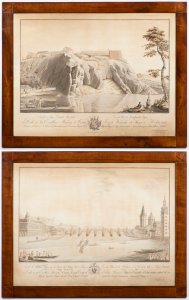
Lot 22 TWO PRAGENSIA
Starting price26 000 CZK | 1 083 €
Price realized
42 000 CZK | 1 750 €
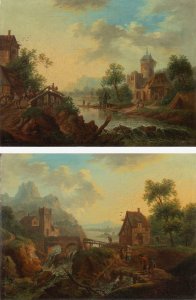
Lot 23 PAIR LANDSCAPES WITH A BRIDGE
Starting price35 000 CZK | 1 458 €
Price realized
37 000 CZK | 1 542 €
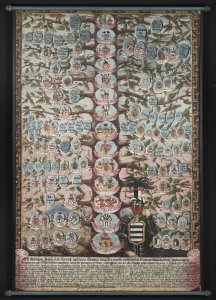
Lot 24 CLASSICISM FAMILY TREE
Starting price55 000 CZK | 2 292 €
Price realized
70 000 CZK | 2 917 €

